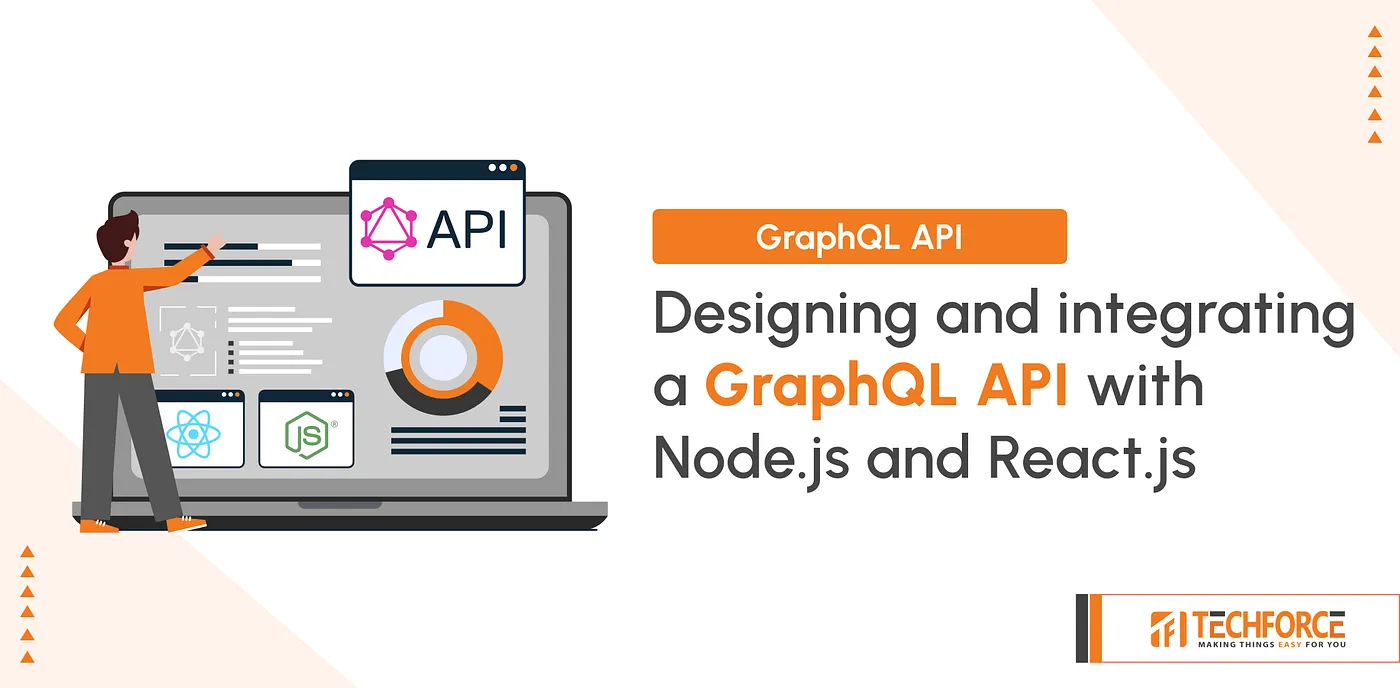5 reasons to use Java for developing your custom software
Java has been the most popular language since it was released in 1995. Today, even after two decades, it is still widely used.
- PYPL (Popularity of Programming Language) Java stands at second rank in Sept 2022 with a 17.31% share.
- TIOBE Programming Community index, Java stands at third rank in Sept 2022 with an 11.72% rating.
Java is an object-oriented language and open-source programming language, Moreover, Java is a simple and easy-to-learn programming language, it is robust, secure, and platform-independent. All these features and the security environment of java make it shine among today’s other programming languages.
Also, Java is based on the WORA (Write Once Run Anywhere) principle. This unique principle allows the developer to write code once on one operating system/platform and run the application on a different operating system/platform without making any changes to the application source code. The only mandatory part is to have a JRE (Java Runtime Environment) installed in the system and the Java application is ready to be executed.
It is also platform independent, supports multilingual, has many open-source Java Enterprise Edition (Java EE) frameworks, and has one of the biggest communities to support it. where it is widely used in Fintech applications, web banking applications, etc.
Here are the top 5 reasons to use Java for developing any custom application.
1. Licensing Cost
One of the reasons why Java is widely used for creating custom software is its zero-licensing cost as it is an open-source programming language and this is one of the major reasons for Java being so popular in the technology world.
For a business, it is beneficial to use Java for long-term projects as it eliminates the Licensing cost and provides all the mandatory features. Many Government Projects are created in Java because of its zero cost and security features.
Development using java is easy and flexible which makes developers work more efficiently. Also, the end users do not need to install any paid additional tools for using java applications, hence it is beneficial to the end users as well.
Being open-source development, Java gets its new features released earlier than the proprietary development language. In Proprietary, the developer does not get to use a new feature until it’s released officially in beta and they might need to pay for it, whereas in open-source it provides a faster increment of change.
While developing custom applications, the main goal is to create an application with up-to-date features at a reasonable cost and provide easy access to users. Thus, Java is a perfect language to achieve this goal.
2. Multi-threading
In today’s world, we know how much performance matters, and even if the task is big, nobody wants to wait for a longer period of time for just a single task to complete.
To handle this kind of situation, Java supports Multithreading, here Java allows the program to divide the bigger task/function into small lightweight subprocesses called threads and these small threads will run simultaneously by utilizing the maximum memory of the CPU. As these small threads will be running simultaneously, this will decrease the CPU idle time and complete the task much faster than the execution of a single big task.
Also, the Threads use a shared memory area, hence they don’t require any separate memory to execute the task and after its execution is completed, it will move to the terminated state and get destroyed.
3. Memory Management:
Memory management is really important in all applications because it will help the application to handle a good amount of load on the server and also will stop application crashes due to CPU 100% memory utilization and helps the application to main good performance consistently. It is really difficult to manage memory in other languages, whereas in Java it is really easy, as the developer does not need to worry about memory management because whenever the CPU memory gets full, the java garbage collector runs automatically and starts with its memory management process.
In Java, all the objects are stored in Heap memory and it is created whenever JVM runs and its size can be increased or decreased based on memory available on the computer/server.
The Heap memory is divided into two parts:
- Nursery: In this part of the memory all the newly created Java objects are stored and when the Nursery gets full, the garbage collector runs automatically, and where all the objects that have lived for a longer period are promoted/moved to the old space.
- Old Space: Old Space is used to store the object which has lived longer in the Nursery. Also, when the Old Space gets full, the Garbage collector runs automatically for memory management.

4. Robust Security
Just as Java is rich in functionality, it has also focused on security in the same manner, from loading to execution, it has implemented security from head to toe.
During the development phase, when we compile the classes, the Java compiler will check for various compile time exceptions such as method level security. In method level security it checks for various scenarios such as unauthorized method doesn’t try to access a private variable, etc. And if such scenarios occur then the JVM will throw the compile time exception and not let the program run, until it is resolved.
Also, after the compilation of the program is done successfully, the Java compiler will create its class file with Byte code and run it in the JVM, this lessens the scenarios where the code gets altered or loses its integrity.
When we run the Java application, JVM plays a major role in providing security, such as it will run the program into a virtual restricted environment called sandbox, and it will also verify the byte code for any illegal code that can perform an illegal operation as a deleted file. On the same, Java. Security package implements add checks for library-level security.
Sandbox plays a major role in providing security to the application, as it restricts the running application web/applet from accessing the files in the system or over the network and also protects the users from being attacked by malicious code to corrupt files.
5. Easy Integration:
The real-world customer software requires the use of third-party services and methods as per the feature requirements of the application. API (Application Programming Interface) is one of the easiest ways of using such services. API contains classes and packages that are used for creating a reusable application.
APIs are part of JDK that provide a facility to integrate two or more different applications and communicate with other applications. Example: JDBC API for connecting the application with the database.
As an API provider in java, restful APIs are the best options as they support JSON requests over HTTP communication and any language application can use it because JSON is supported by all languages.
Example: Java Springboot framework is the best choice to use over any trending framework, it is already ready for production and very minimum configuration is required. Today many of the top startups are using the Springboot framework for their application development. Such as Udemy, Cred, Paytm and Netflix, and many more.
Well, Java will be in demand for a long time and currently, it is a dominant face in the industry.
 Surendra Kumar Jaiswal
10 Oct 2022
Surendra Kumar Jaiswal
10 Oct 2022
 US +1 (630) 296 6606
US +1 (630) 296 6606
 India +91 (79) 48904529
India +91 (79) 48904529
 Poland +48 (730) 059 665
Poland +48 (730) 059 665
 reach@techforceglobal.com
reach@techforceglobal.com
 +1 630 303 7389
+1 630 303 7389

 Calendly
Calendly
 LinkedIn
LinkedIn
 Whatsapp
Whatsapp
 Fintech
Fintech
 Education
Education
 Ecommerce
Ecommerce
 Healthcare
Healthcare
 Travel and Hospitality
Travel and Hospitality
 Public Sector
Public Sector




